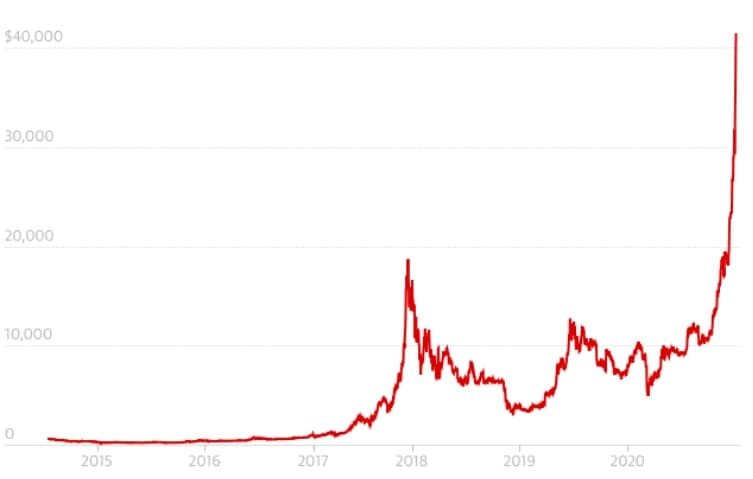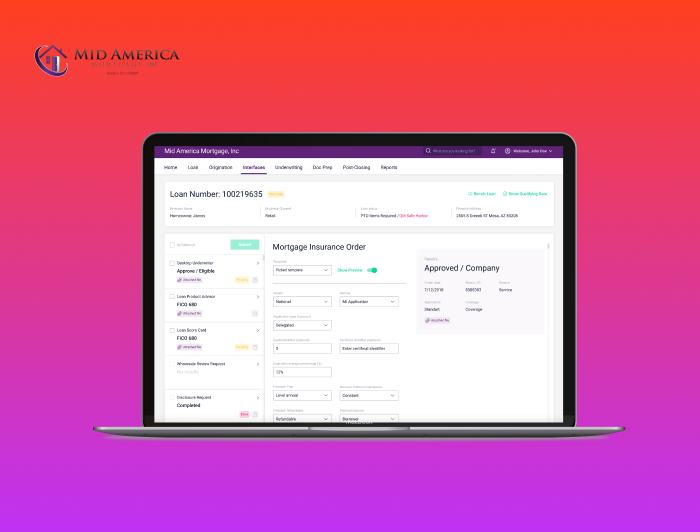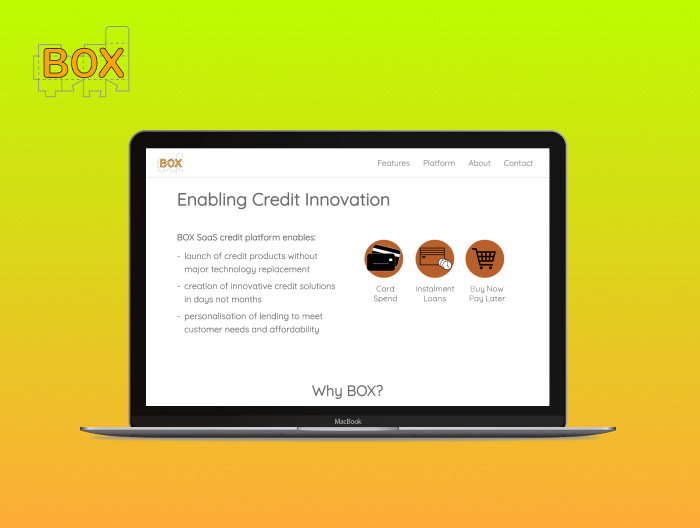How Blockchain Evolved Over the Years

As has already been mentioned, 2017 has become a breakthrough year for blockchain, as it has launched the process of blockchain development outsourcing as cryptocurrencies have finally entered the state of being officially recognized as a payment medium.
It was in January 2017 that bitcoin had broken the $1,000 barrier for the first time in more than three years, and the US Department of Treasury reacted immediately by forming the FinTech Working Group in March of the same year.

Companies have started to realize the potential that bitcoin had, as it broke two new subsequent value records of $10,000 and $20,000 in November.

The beginning of 2018 has seen bitcoin being recognized as an official currency in Japan, while Tencent launched the TrustSQL blockchain platform. In that very same year, Switzerland started accepting taxes in bitcoins.

Back in August 2014, the bitcoin blockchain file size, meaning the one containing records on all the transactions in the network, was 20 GB; in early 2020, it has surpassed the mark of more than 200 GB and it continues to grow exponentially.



























